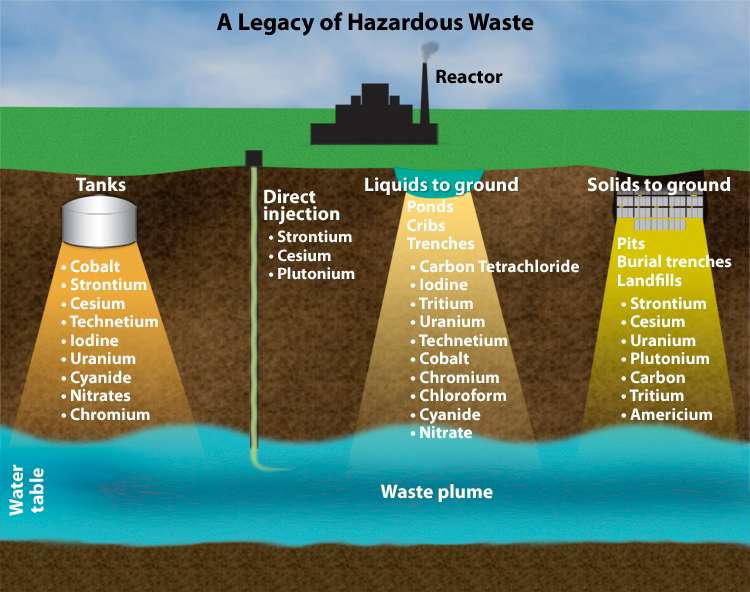REVIEW: Waste
Waste
Use of resources causes waste to accumulate. Our society produces many different types of wastes that must be disposed of properly. Waste can either be solid or hazardous. The US alone generates in excess of 10 billion metric tons of waste every year. Solid wastes include everything from food containers to discarded paper to junk cars. Some of this solid waste is biodegradable, but most synthetic substances, like plastics are not biodegradable. Most of the solid waste produced in the US is produced as a byproduct of mining, manufacturing, or agriculture. Although people do not directly produce these types of waste, they contribute to the waste production when they buy the products of mining, manufacturing and agriculture.
Solid wastes are disposed of in landfills or incinerated. In landfills, wastes are dumped in holes in the ground and regularly covered over with layers of soil, plastic or both. One major environmental concern surrounding landfills is the formation of leachate, which is a liquid that contains chemicals formed as water seeps through the layers of a landfill. It can accumulate at the bottom of the landfill and leak into the surrounding environment if not properly contained. Incineration of waste can cause toxic gases to be emitted into the atmosphere.
Hazardous wastes (materials that are toxic, corrosive, carcinogenic, and/or combustible) must be disposed of and/or stored following special procedures.

There are special techniques for disposing of hazardous wastes. Image courtesy of Georgia Virtual Learning.
There are several Federal laws related to hazardous waste. The Resource and Conservation Recovery Act was passed in 1976 and requires the EPA to identify hazardous wastes and set standards on how to handle, store and dispose of them. The Superfund Act was passed in 1980 and established a fund to identify and clean up hazardous waste sites.